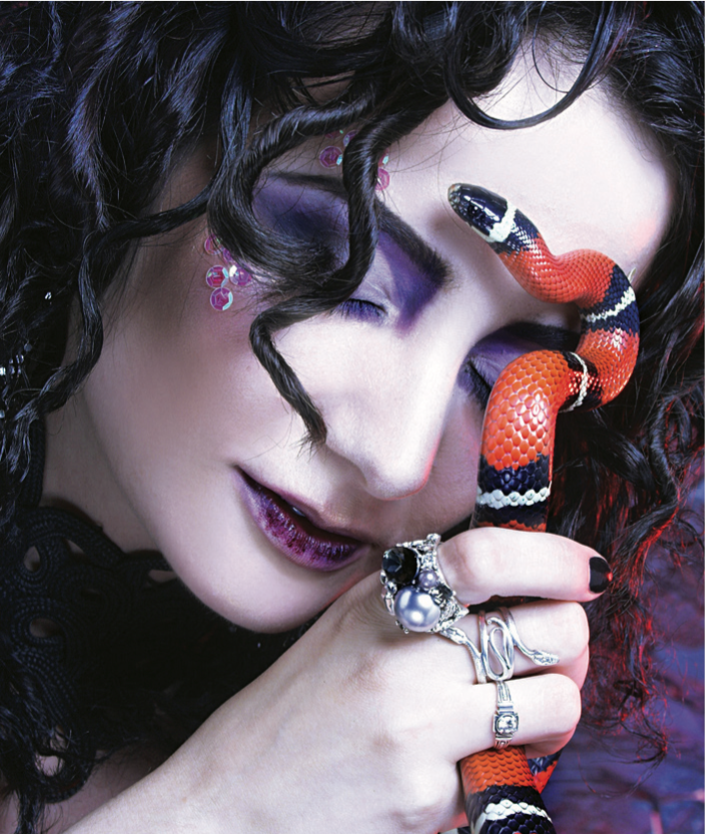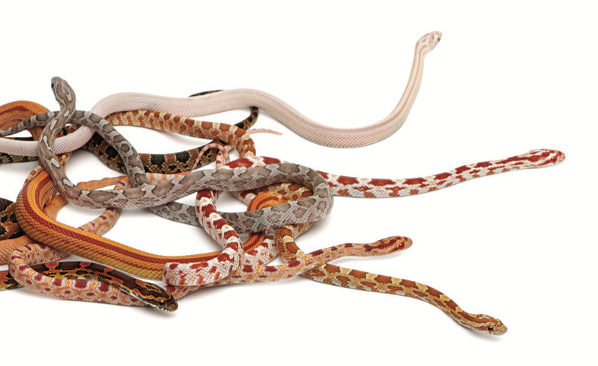In the northern part of the globe, witches celebrate the summer solstice, or the longest day of the year, in the middle of June. Let us then take a timely look at the animals often associated with sorcery, witchcraft, and everything else mythological.
SUMMER SOLSTICE
According to an article by Patti Wigington published on the website Learn Religions, ancient Europeans celebrate the summer solstice by setting large wheels on fire and then rolling them down to a body of water.
ANIMALS AS WITCHES’ FAMILIARS
Ever wonder why a witch always has an animal familiar?
Ancient people believed that animals acted as intermediaries between the mortal and the supernatural world. Unfortunately, when the English witch trials happened, these animals were suddenly regarded as demons that caused people harm.

A FAMILIAR DEFINITION
According to the 2003 Oxford Dictionary of English Folklore, familiars are minor demons who become the witch’s servants.
In a 2009 paper by Boria Sax titled The Magic of Animals: English Witch Trials in the Perspective of Folklore published in Anthrozoös, the author said that before the witch trials, animals were portrayed as either shaman helpers or mascots of deities. Folklorists classified them as “grateful animals.”
“GRATEFUL ANIMALS”
Grateful animals are considered a subclass of “supernatural helpers.” Typical in English witchcraft, a familiar would ask a witch for her soul in exchange for a favor.

According to fairy tales, to establish a connection with a familiar, one would either feed them or help them with their own favors.
During the English witch trials, animal companions were common among middle-class folk. It was the prototype of an animal familiar. One of the features of English witchcraft was that spirits often took the shape of a small animal that could be found on farms.
THE WITCH AND THE DEVIL
According to a 2019 study by Helen Parish published in the journal Religions, the relationship between the witch and the devil was symbolized by the human and her animal familiar. This relationship embodied the demonic pact.

It was believed that animals and fairies acted as intermediaries between the human and the supernatural. These supernatural beings often disguised themselves as mundane animals, such as Mice, Cats, and Dogs.
Aside from Dogs and Cats, insects and Toads were also considered familiars. In witchcraft, insects were known to be agents of demonic activity.
According to legends, Toads were poisonous, while in other types of literature, Toads were seen as a form of remedy, as seen in Shakespeare’s As You Like It.
MEANWHILE, IN THE PHILIPPINES…
In Philippine folklore, particular creatures were recognized as either deities or as harbingers of fortune.
Discussed in the 1991 book written by Francisco Demetrio, Gilda Cordero-Fernando, and Fernando Nakpil-Zialcita titled The Soul Book are the animals that ancient Filipinos regarded as such.
THE CROCODILE

According to the book, Filipinos saw the Crocodile as a ward for an evil spirit that lived at the bottom of the sea. They brought their victims in a saddle that resembled a coffin.
THE EEL

Long ago, people thought that a giant Eel circled the globe. Sometimes, Crabs called kagang would bite their tails. When the Eel was in pain, they would shake so violently that it created earthquakes.
In Cordillera, people fed them in the rivers as they believed that they were the reincarnated souls of their dead relatives.
THE SNAKE

They carry a lot of symbolism. Snakes were regarded as a symbol of regeneration and fertility because of their phallic shape.
Snakes are also believed to be messengers of spirits.
THE GRASSHOPPER

The Grasshopper was believed to be sent by their ancestors to bring fire to light their pipes.
A family of the Grasshopper, the Praying Mantis, was thought to be the soul of a palay. Farmers would put one of them on top of the pile to protect the rice.
THE MOON EATERS
According to Philippine folklore, several creatures have attempted to swallow the moon.

The Mandayans in Mindanao believed in the offspring of the sun and moon, named Tambanakaua. He was a Crab who lived in the sea, influenced the tides, and caused high waves. When he opened his eyes, lightning would appear.
The Manobos, meanwhile, believed that Tambanakaua was not a Crab but rather a Scorpion or Tarantula who attacked the moon and swallowed it. If the moon was not freed from the creature, there would be no dawn, eternal darkness would fall, and evil spirits would reign.

The Manobos would shout, shoot arrows toward the moon, slash at trees, dance around, and yell, “Let loose our moon or you will be hit by arrows!”
Bakunawa was what the Bisayans called the moon-swallowing creature. They believed that it was a Snake. According to the stories, Bakunawa would mistake the moon for a bright ball and play with it. The serpent would then swallow the moon, but because it was too big, they would spit it out.






